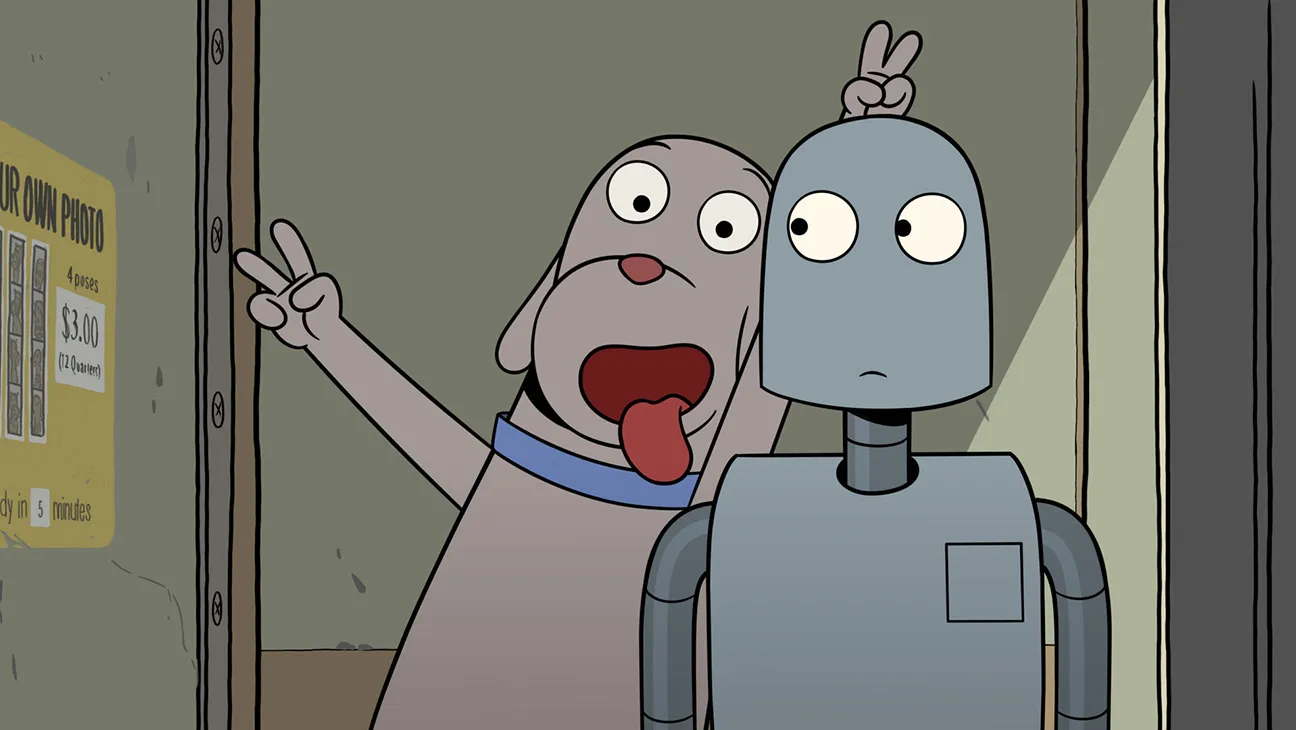By Todd McCarthy
After Sergio Leone’s 12-year absence from the screen and resulting expectations surrounding his epic dream project, Once upon a time in America arrives as a disappointment of considerable proportions, As presented out of competition at the Cannes Film Festival in its 227-minute version, the only cut Leone said he will recognize as his own, sprawling saga of Jewish gangsters over the decades is surprisingly deficient in clarity and purpose, as well as excitement and narrative involvement.
Basic material and many of Leone’s ideas are potent enough to prompt the feeling that the makings of an excellent film are in there somewhere, but it’s far from having been realized. Implication is that the long version will be released in many foreign markets, but general audiences in any country will undoubtedly find the film trying.
Where the director’s name is most respected, perhaps in Italy and France, full-length cut could settle in for nice runs. In the U.S., the Ladd Company through Warner Bros, will release a 150-minute cut, which will be evaluated here upon its opening next month.
As the title, and Leone’s earlier masterful Westerns, would suggest, film is an imaginative flight of fancy about criminal life, but with a vividly realistic backdrop. Unlike The Godfather and most other mob stories, however, it is not about the Mafia or major organized crime, but focuses throughout on a small gang of hoods and their own friendships, loyalties and betrayals.
The fact that the characters, including lead Robert De Niro, are so brutal and essentially unsympathetic will undoubtedly put mass audiences off, but this is not what makes the drama fundamentally unsatisfying.
Rather, when one is asked to spend so much of the running time meditating on the emotional resonances of the characters’ relationships and actions, as happens during the long, brooding, non-dialog sequences, one needs a set of moral codes to set everything in context. Amazingly, none is supplied, so the situations which are set up so elaborately never pay off.
Pic opens with a series of extraordinary violent episodes. It’s 1933 and some hoods knock off a girlfriend and some cohorts of “Noodles” (Robert De Niro), while trying to track down the man himself.
Then, to the corny accompaniment of The Beatles’ Yesterday, action shifts to 1968, when the aging De Niro (with a superior make-up job) returns to New York after a 35-year absence and reunites with a childhood pal, Fat Moe (the excellent Larry Rapp). De Niro is clearly on a mission relating to his past, and his later discovery of a briefcase filled with loot for a contract is obviously a portent of something big to come.
Virtually the next hour, however is devoted to showing how Noodles and his buddies began adopting lives of crime as kids on the Lower East Side,
There are perhaps 15 minutes of good anecdotal material here, mainly devoted to the boys’ sexual initiation rites and the start of Noodles’ lifelong love for Fat Moe’s sister Deborah (beautifully personified in the early section by Jennifer Connelly), but this stretch in particular seems exhaustively devoted to the magnification of trivialities.
It’s clear that a film is in trouble when some 100 minutes have passed without its finding a groove, and it isn’t until action returns to the Prohibition era, and the gang’s ascendence, that things pick up a bit.
A treacherous diamond robbery vaults them into the big money category, they blackmail the police chief and battle rival camps over labor rackets before a big disagreement over the idea of robbing the Federal Reserve Bank pits Noodles and best friend Max (James Woods) forever against one another.
Except for a brief coda, it all ends with a bizarre and truly mystifying confrontation in 1968. Last 40 minutes or so degenerate badly enough as it is without a story conclusion which leaves one entirely baffled as to what takes place. Final shot, it might be noted, is virtually identical to that of Robert Altman’s McCabe and Mrs. Miller.
Leone’s pattern of jumping between time periods isn’t at all confusing and does create some effective poetic echoes, but also seems arbitrary at times and, because of the long childhood section, forestalls the beginning of involvement. Because of the heavy violence upfront, one is braced for further carnage which, in fact, only pops up a couple of more times.
Most disturbing aspect of the tale is treatment of women throughout. Presence of a chubby young girl who delivers sexual favors in exchange for sweets is mild compared to the excruciating rapes which De Niro commits on Tuesday Weld and, especially, Elizabeth McGovern.
Latter instance, which comes just before the intermission at 160 minutes, pretty much erases any sympathy built up for De Niro simply through prolonged exposure. Curiously, all the men remain bachelors throughout.
Slow film is never exactly boring but, unlike such similarly paced masterpieces as Luchino Visconti’s The Leopard or Stanley Kubrick’s Barry Lyndon, methodical, contemplative style here doesn’t yield eventual payoff emotionally or intellectually.
Rumored to have cost upwards of $30-40,000,000, but said at Cannes to have come in at $32,000,000, this is a big production, with gobs of extras in period dress, and sets and locations having been spread out from New York, Florida and Montreal to Paris and Rome.
Physical reproduction of downtown Manhattan streets recalls not only the Godfather pics but Ragtime in their verisimilitude, and the number of lavish sets offered up by art directors Carlo Simi and James Singelis is awesome,
Tonino Delli Colli’s lensing is excellent, and one would hate to imagine the film without Ennio Morricone’s score which, while spare, develops some haunting minor key themes.
Quiet and subtle throughout, De Niro and his charisma rep the backbone of the picture but, despite frequent threats to become engaging, Noodles remains essentially unpalatable. As his more hotheaded friend, James Woods is very fine, but it’s hard to take McGovern, okay up until then, posing as a middle-aged woman in the 1968 section when she looks about 19. Other players are acceptable.
Since the Leone cut will supposedly not be available to American viewers, the following is offered for the record as a breakdown of the film’s structure in its original version: Including titles, first 22 minutes take place in 1933, followed by 14 minutes in 1968.
Childhood-teenage years occupy subsequent 54 minutes, and after seven minutes back in 1968, 25 minutes are set in the 1920s after De Niro emerges from prison. After another seven minutes in 1968, major section of 61 minutes (bridging the intermission) unfolds in the 1920s-1933. Climactic sequence in 1968 lasts 30 minutes, while 1933-set coda and end credits run another seven minutes.
Given the decision of the Ladd Company and Warners, for better or worse, to cut the film by some 77 minutes, an enlightened approach to confronting the accompanying controversy might be to showcase the director’s version in one small cinema in a few key cities while widely distributing the trimmed edition, It’s highly doubtful they would do this, but why not?
Billed on the end credit crawl as a PSO International release, this Arnon Milchan production bears an Embassy International Pictures copyright.
Variety, 23 May 1984




